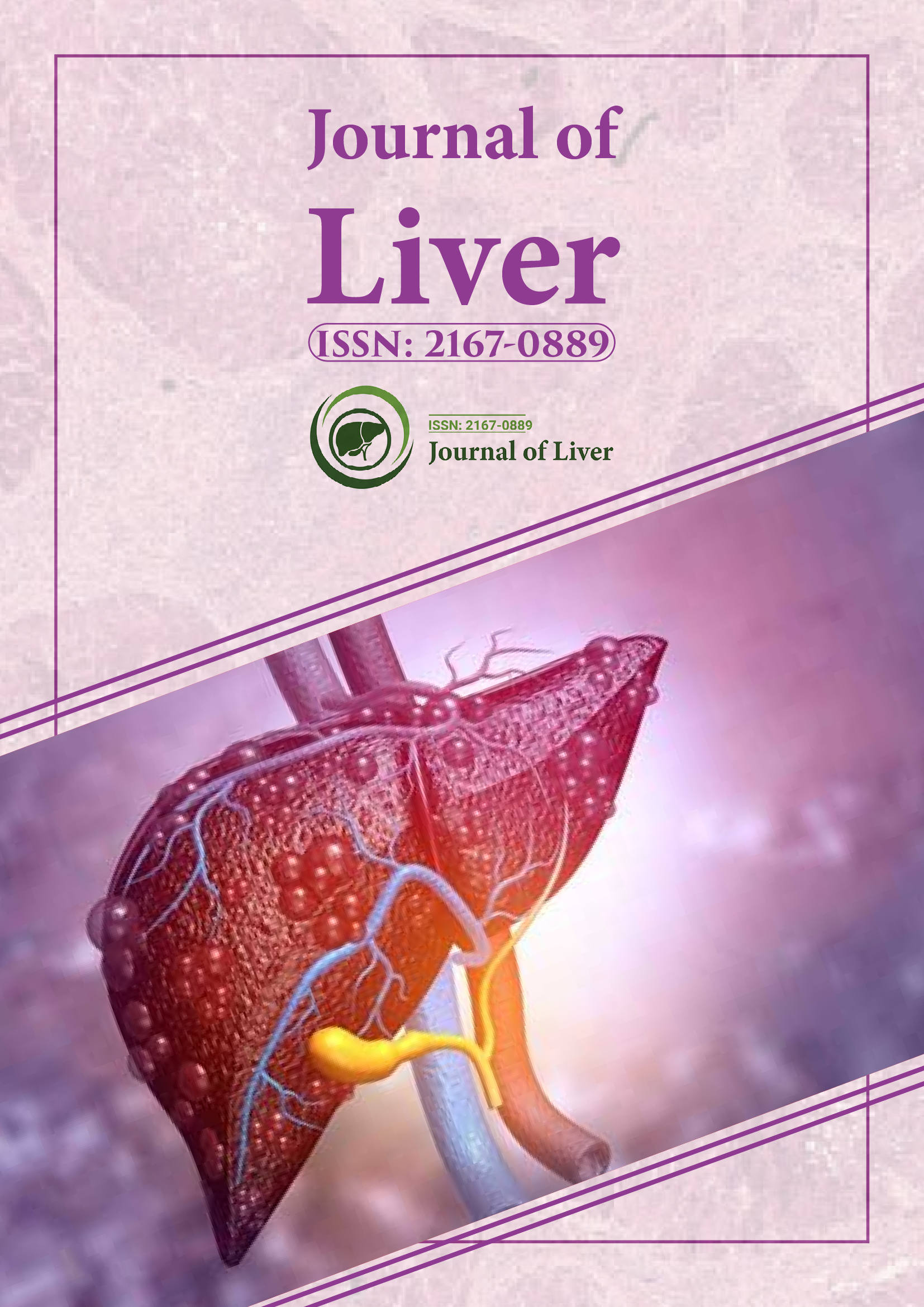Indexed In
- Open J Gate
- Genamics JournalSeek
- Academic Keys
- RefSeek
- Hamdard University
- EBSCO A-Z
- OCLC- WorldCat
- Publons
- Geneva Foundation for Medical Education and Research
- Google Scholar
Useful Links
Share This Page
Journal Flyer

Open Access Journals
- Agri and Aquaculture
- Biochemistry
- Bioinformatics & Systems Biology
- Business & Management
- Chemistry
- Clinical Sciences
- Engineering
- Food & Nutrition
- General Science
- Genetics & Molecular Biology
- Immunology & Microbiology
- Medical Sciences
- Neuroscience & Psychology
- Nursing & Health Care
- Pharmaceutical Sciences
Abstract
Risk Factors Stratifications for Portal Venous Thrombosis (PVT)
Yasir Al-Azzawi, Yasir Al-Abboodi, Matthew Fasullo and Joan Kheder
There is an ongoing increment in the incidence of Portal venous thrombosis. Many factors play a role in the pathogenesis of the PVT. In this study, commorbities including cirrhosis, chronic viral hepatitis B and C, alcoholicinduced cirrhosis, acquired immune deficiency syndrome (AIDs), hypertension (HTN), chronic lung diseases, diabetes mellitus (DM) and obesity were examined to see their predictability of developing PVT.
Portal venous thrombosis (PVT) is a complete or partial occlusion of the portal vein. The most common etiology behind the development of PVT includes but limited to inherited hyper-coagulopathy disorders, cirrhosis, hepatocellular carcinoma, abdominal infection or inflammation. In this study, comorbidities including liver cirrhosis in general, Hepatitis B, C and alcoholic cirrhosis, AIDs, HTN, DM, obesity were examined to see their predictability of developing PVT. Approximately 4408 patients with portal venous thrombosis and randomly selected 4231 without portal venous thrombosis were identified for the study. After controlling for age, sex and race, People with liver cirrhosis are about 8 times more likely to have portal venous thrombosis than non liver cirrhosis group. We conclude that among cancers, Hepatocelluar carcinoma patients have the highest chance of developing PVT while people with lung cancer and prostate have almost the same risk of non cancer patient for developing PVT.
